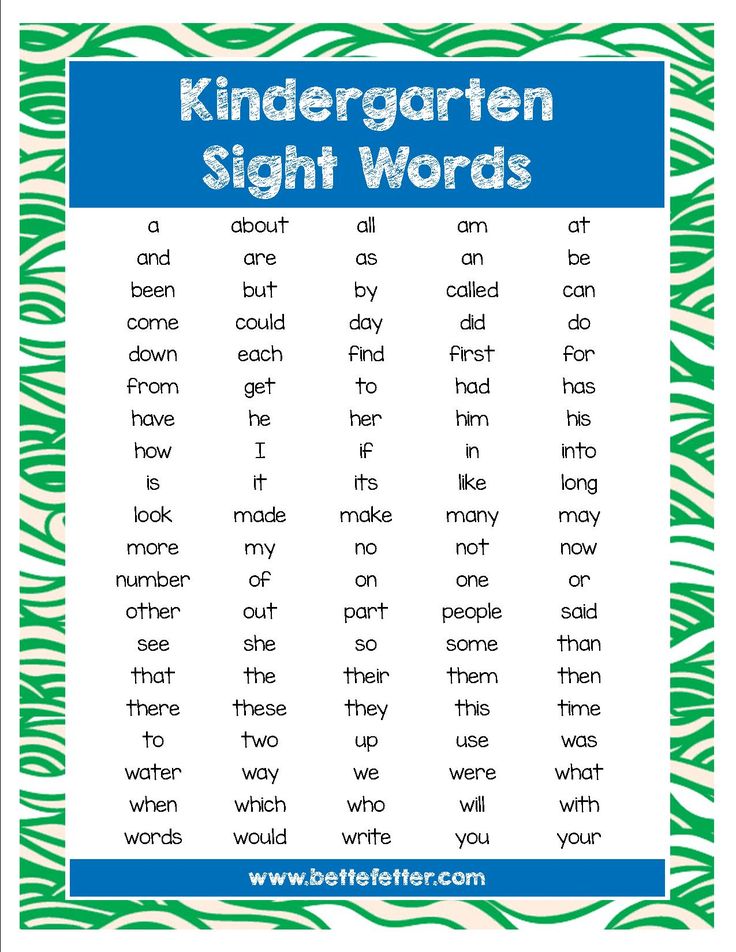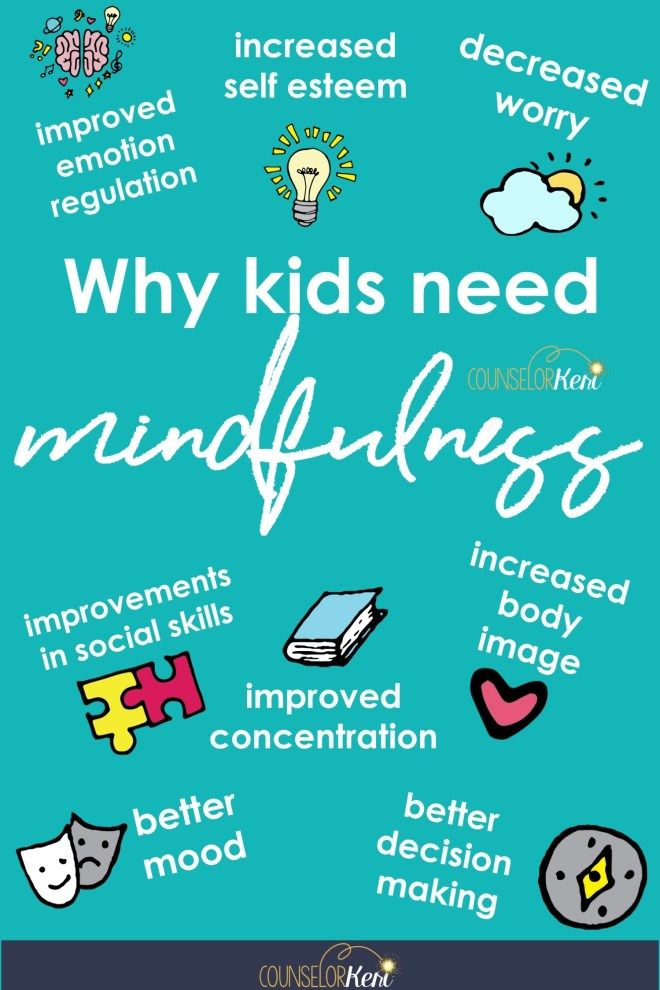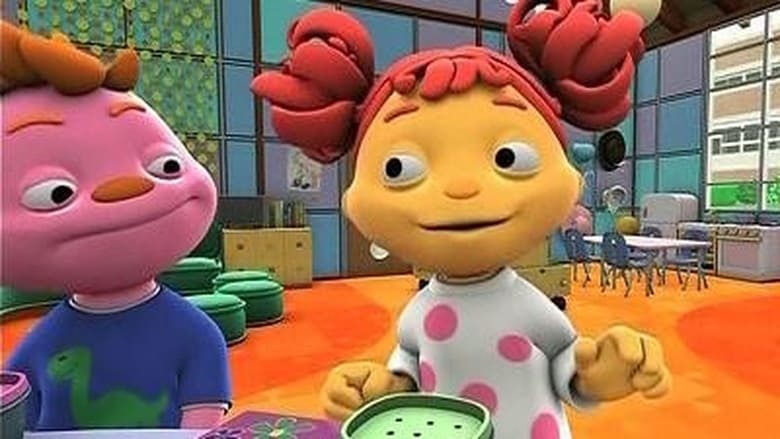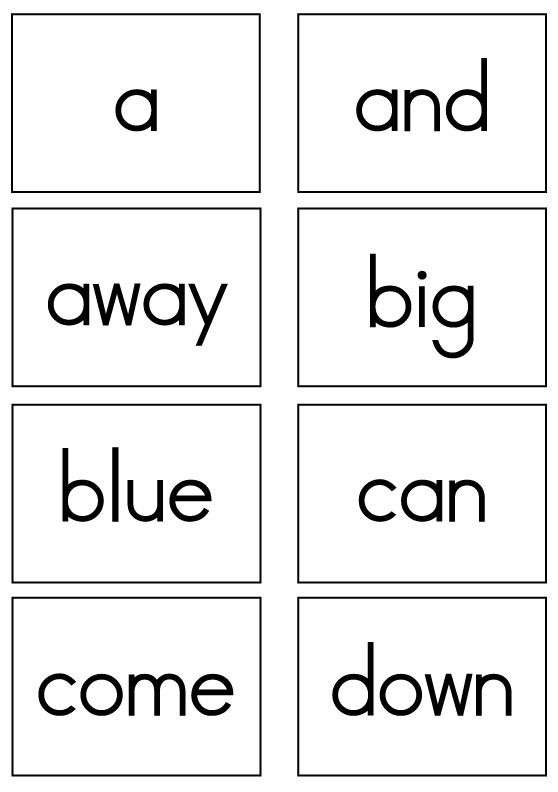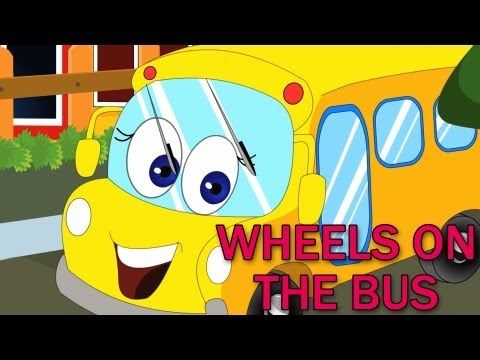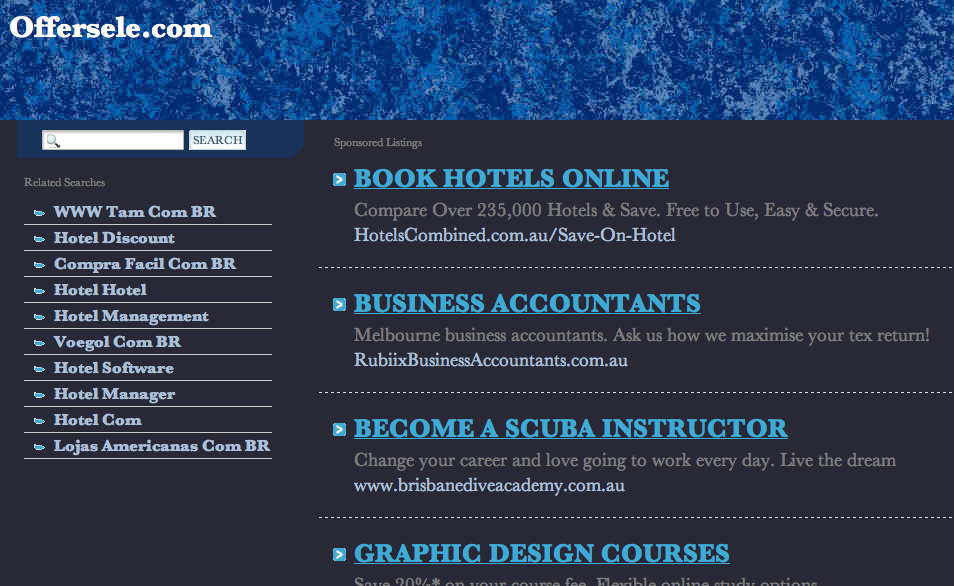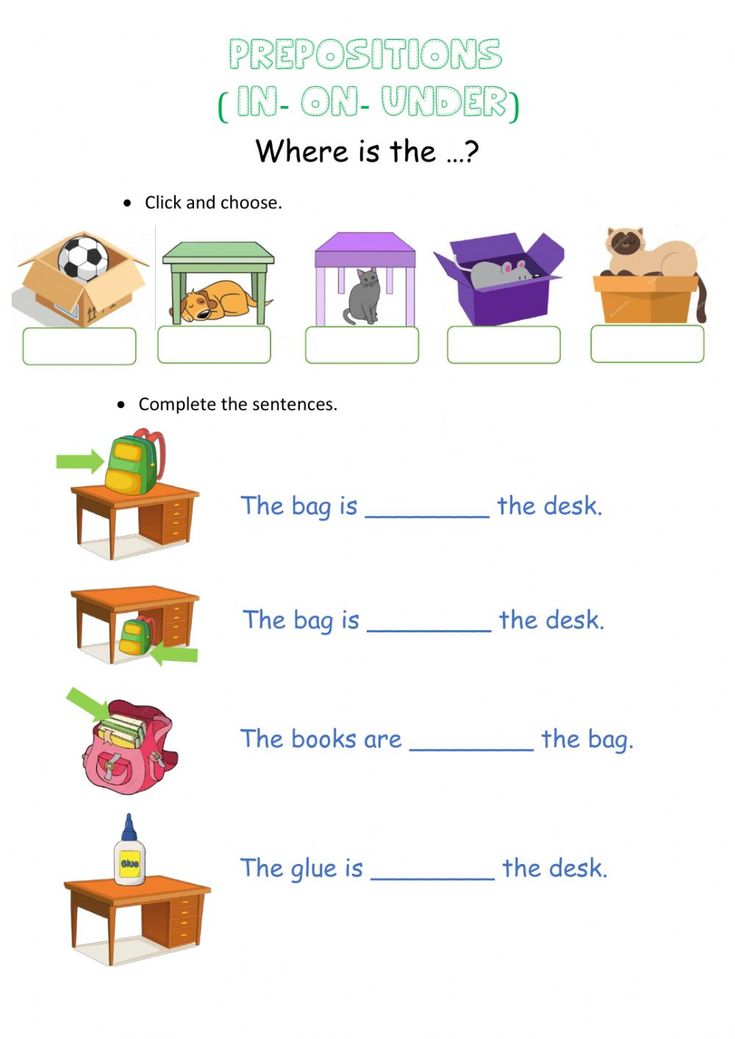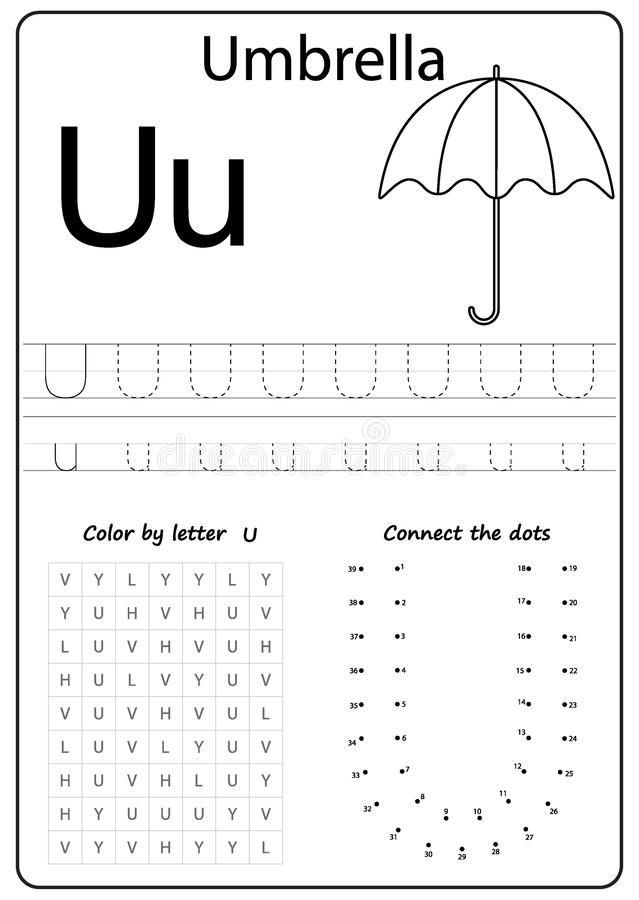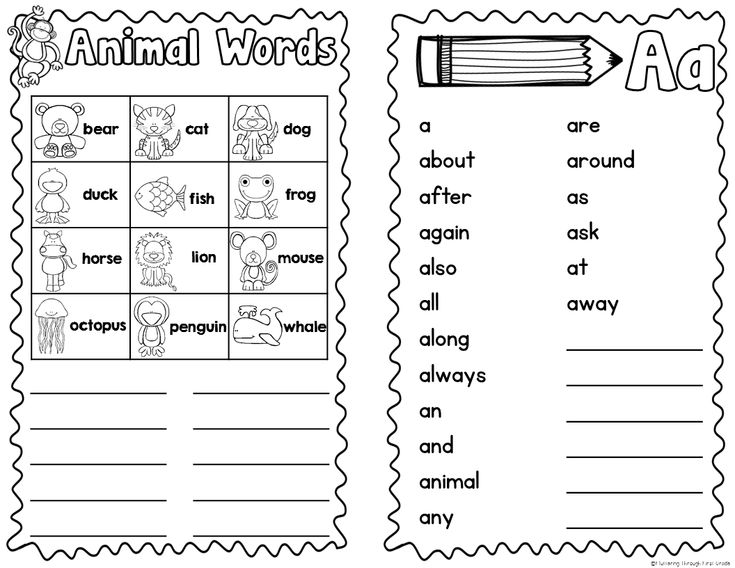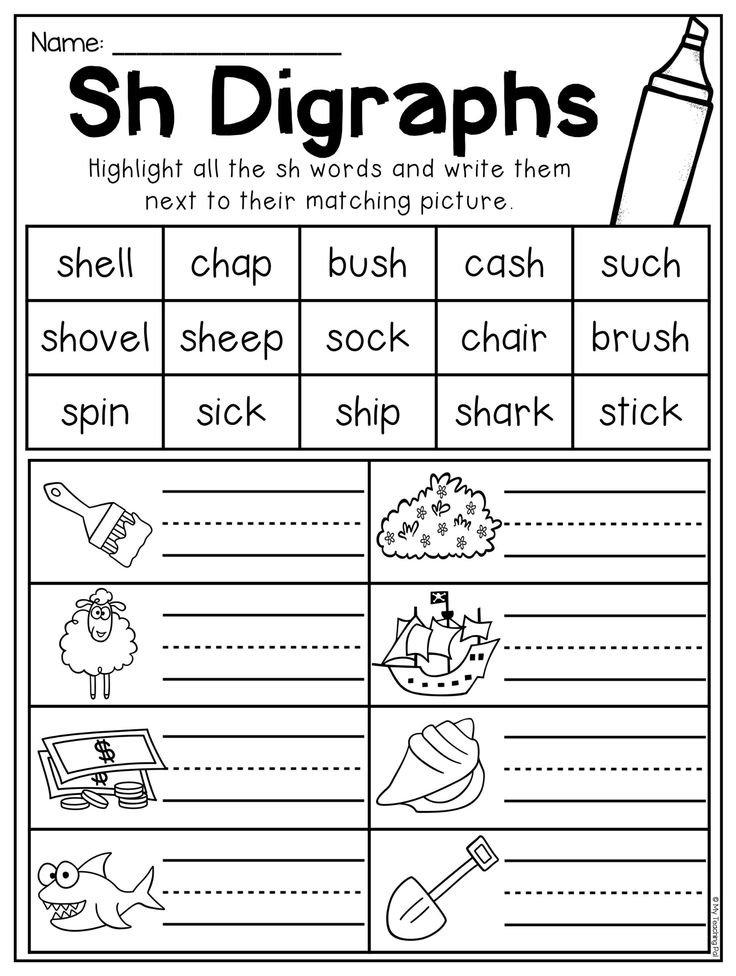How to teach sight words at home
Easy Peasy Ways to Practice Sight Words at Home
You guys, I’m not going to lie… this working, teaching, and generally “staying at home” thing is killing me. I love teaching. It is in my blood (literally, my grandfather was a teacher and so are quite a few of my cousins!) But, homeschooling my son these past few weeks have been hard. We’ve got a great routine set up, but sometimes there’s only so many fun and engaging activities one person can come up with. That’s why when it comes to practice sight words at home… I am all about low commitment. It’s gotta be easy or it isn’t going to happen, am-I-right? So, today I’m sharing 5 different ways we’re practicing sight words at home in very easy-peasy ways.
These suggestions are for activities that can be done at home, but many can be used in the classroom. Looking for more sight word ideas? Check out this post for more classroom ideas!
Set Up for Success
Before you can dive into practicing sight words at home, you need to make sure you have a list of required sight words for your student. Many school districts post this information on their web pages. You can also contact your child’s teacher. If you’re still not sure, there are lists available from Fry and Dolch (these are the most common)
Now that you have your list, it’s time to make some flashcards. These babies are very simple to make. Index cards and a marker are all you need. You could even get a little fancier by changing the color of the marker for each list (if your list is sectioned). Then, place the lists in quart size zip baggies and place all those into a gallon-sized baggie.
But, let’s be honest… the word of the game: keep it simple.
Looking for more resources to use while distance learning? Check out this section of my Amazon Store!
Activities to Practice Sight Words with Flash Cards
Sight Word Memory
This is a personal favorite of my son. So simple… select 5-10 sight word cards. Create a double of each word. Then, mix up the cards and lay them down in neat rows and columns. From there, taking turns, select two cards to turn over. Have your student read each word pair. If they match, they get to keep the pair. If they don’t, turn the cards back face down. Play until all cards are matched. My son loves to read all his matches at the end.
From there, taking turns, select two cards to turn over. Have your student read each word pair. If they match, they get to keep the pair. If they don’t, turn the cards back face down. Play until all cards are matched. My son loves to read all his matches at the end.
“I Spy” Sight Words
This is a fun play on the classic “I Spy” game. To complete, lay 10-15 cards down face up. Then, describe a word that’s on the card, using the words, “I spy…”. For example, for the word America, you might say, “I spy a word that begins with a capital letter A”. Play until the word is guessed. Have your child point to the word, then read the sight word and keep it if it’s correct. Play until all the cards are collected. Don’t forget to read through the cards at the end.
Sight Word Scavenger Hunt
This version of a scavenger hunt is perfect for when the littles need to get up and moving.
To play, tape up 15-20 sight words around your house. ( I like to limit it to 2-3 rooms) Then, have your child walk around and “find” the words.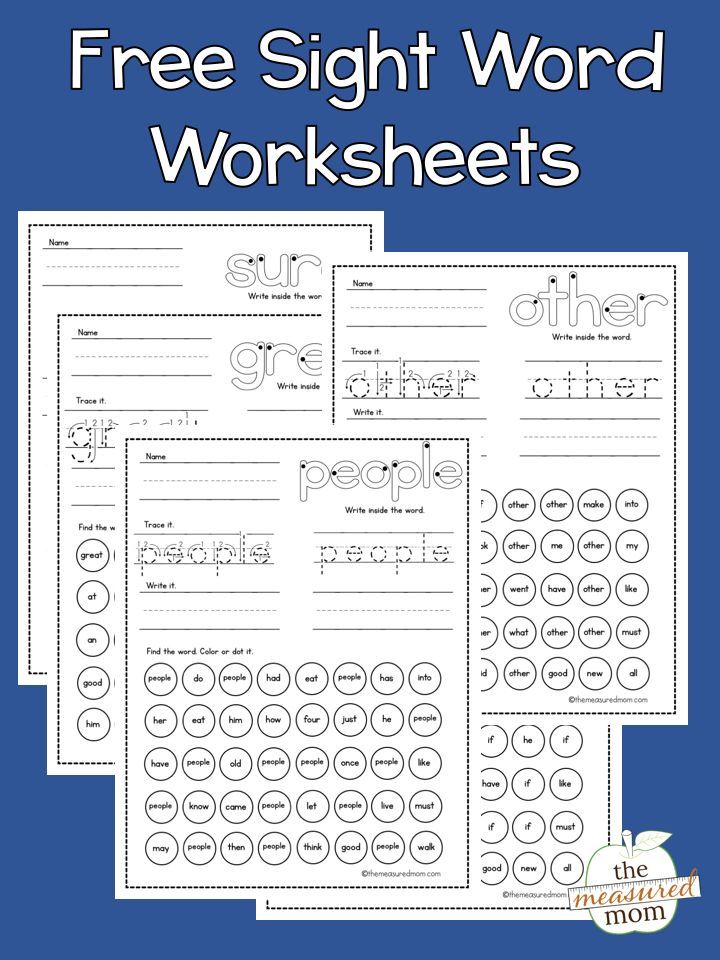 When they find them, have them say the word and collect the card. Play until all the cards are collected. Review the words at the end.
When they find them, have them say the word and collect the card. Play until all the cards are collected. Review the words at the end.
For an easy extension, have your child select 4 words and write them in a sentence on a sheet of paper or in a sight word journal.
I know sometimes pulling out the sight word flashcards can be a little much, that’s why I’m sharing a few activities you can play without actual cards.
Activities to Practice Sight Words without Flashcards
Sight Word Hunt
As students’ abilities in reading grow, they are excited to see words they “know” in text. After reading a book, have your student go on a “sight word” hunt for specific words. Once they find the word, students can read the sentence it belongs to. Alternatively, you can have students keep a tab of the words they’ve found by writing them on a sheet of paper or in a sight word journal.
Remember, this game is about finding the sight words, so it’s ok if they can’t read the book they are using on their own. Be sure to encourage your reader as they move through. Also, keep length in mind… too long and your child will lose interest. One to two pages is probably enough or when they’ve found about 10-15 words.
Be sure to encourage your reader as they move through. Also, keep length in mind… too long and your child will lose interest. One to two pages is probably enough or when they’ve found about 10-15 words.
Read, Spell, Read, Spell, Read
This last one is a great way to not only practice sight words, but it’s also a way to help students how to spell sight words. Many sight words are not easy to “sound out”, leaving students struggling when it comes to using them in their writings. This simple strategy helps to combat that by including a letter by letter practice part.
To complete, students need a piece of paper and a pencil. Then, say the word for the student. Have them say it back, then spell the word out loud. As you spell it, the student will write it out. Then, have them read it again (swooping their finger below the word) and then spell it letter by letter again. Repeat this until it has been read and spelled three times. Continue to the next word.
This strategy is effective, but can easily be overused and tire out the learner. Keep this activity short with reading and saying only 3-4 sight words in a session.
Keep this activity short with reading and saying only 3-4 sight words in a session.
So those are just a few super low commitment ways you can continue the learning while staying safe at home. Sight word practice while at home is an important part of helping our learners stay on track. Do you have another activity you’d like to share? Be sure to comment below!
Other Helpful Blog Post
Looking for more helpful ideas? Check out these posts below!
- Building Sight Word Fluency the Easy-Peasy Way
- Beginning Chapter Books for 2nd Grade
- Prefix Word Study
Sign up to snag these!
Receive all these classroom management tools right to your inbox!
First Name
Email Address
We use this field to detect spam bots. If you fill this in, you will be marked as a spammer.
Powered by ConvertKitSight Word Activities for PARENTS
in activities, ELA, homework, kindergarten, parental involvement, printables, sight words - 9 comments
Last week, after a meeting at church, I chatted with a sweet friend. She asked me, "Liz- what in the world are SIGHT WORDS, and do you have any ideas for how my daughter and I can practice them at home?" (Her cutie had just started Kindergarten...) Before long, a few other Moms joined in on the conversation, and I knew right away I wanted to write a blog post sharing EASY and FUN sight word activities that parents can do at home with their kiddos.
She asked me, "Liz- what in the world are SIGHT WORDS, and do you have any ideas for how my daughter and I can practice them at home?" (Her cutie had just started Kindergarten...) Before long, a few other Moms joined in on the conversation, and I knew right away I wanted to write a blog post sharing EASY and FUN sight word activities that parents can do at home with their kiddos.
Just as parents help their child study for a weekly spelling test, they can also help their child read and review their weekly sight words. This blog post is filled with ideas for PARENTS to help their children practice and review their sight words at home to compliment what the teacher is doing at school.
Sight word activities at home should be...
1. Tactile/Hands On
2. Games/FUN
3. Visual
You want your child to have an opportunity to build, touch, and experience the sight words so that his or her brain can make a connection between the letters and the word itself. It's all about exposure, repetition, and practice.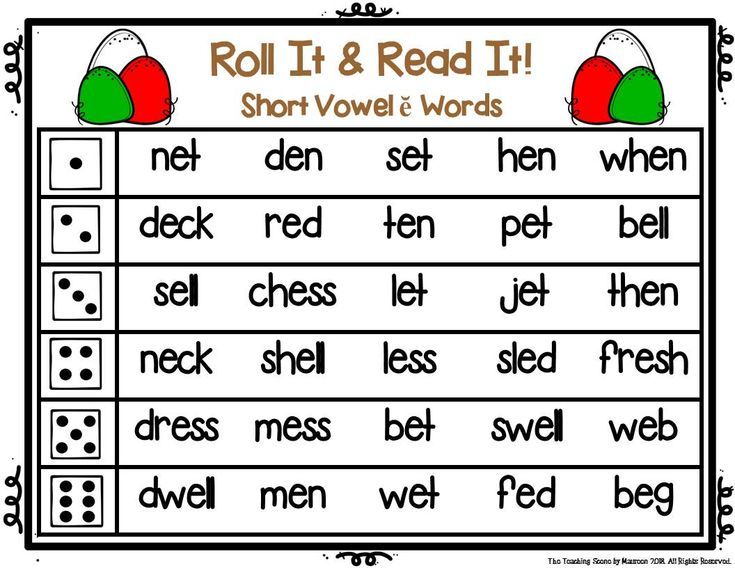
1. Glitter Sight Word Flip Books
(This video explains how to make them.)
2. Whipped Cream/Shaving Cream Writing
Spray some whipped cream or shaving cream on the counter or table. Have your child spread it out and then practice writing his sight words. Provide a flashcard or list for reference. It's all about practice, repetition, and exposure to the words. Don't worry if your child needs to look at the word list.
3. Sand/Sugar letters
Get a school supply box or cookie sheet with edges and fill it with play sand or granulated sugar. Have your child practice writing sight words in the sand with his or her finger. It's all about the touch! *Hint: You do not need very much sand!*
4. PlayDoh
Flatten a piece of play doh and use a toothpick or skewer to write sight words in the PlayDoh. Kiddos can also form long snakes with the PlayDoh and then build the words with PlayDoh.
5. Build the Word
Build the word using magnetic letters, cut up pool noodle pieces, alphabet cereal, or with yummy items from the pantry!
Brynn had a blast with this pool noodle sight word activity.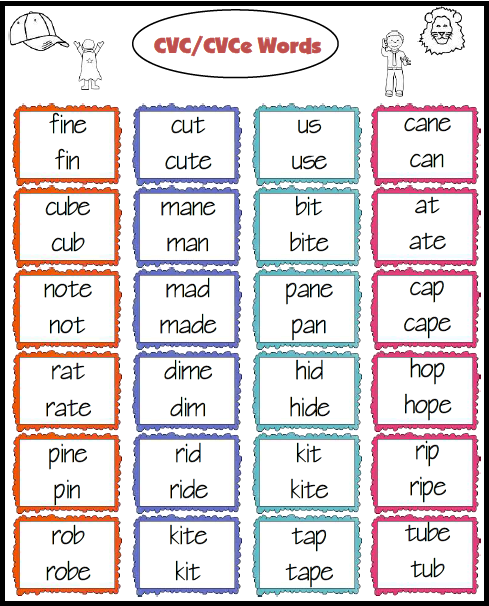 Such a cutie.
Such a cutie.
Find out more about the pool noodle sight words.
PULL AND PEEL TWIZZLERS
They are so easy to bend and shape. So much easier and less messy than PlayDoh. Delicious too! :)
Sight Word Snacks: Pull and Peel Twizzlers, pretzel sticks, raisins, chocolate chips, spaghetti noodles, Cheerios, Cheez-It letters, animal cracker letters, string cheese...
6. Go Fish
Make a set of playing cards with index cards using the words of the week or the words your child needs to review. (2-4 per word) Deal the same number of cards to each player and then leave a "Go Fish" pile in the middle.
7. Memory
Make a set of playing cards using the words of the week. (Two per word) Place all of the cards upside down. Each player flips over two cards and reads the words aloud. If the words match, the player keeps the pair. The player with the most matches wins. *If you child has A LOT of words to learn, start with just a few and then add more to the memory game as they become more comfortable with the words.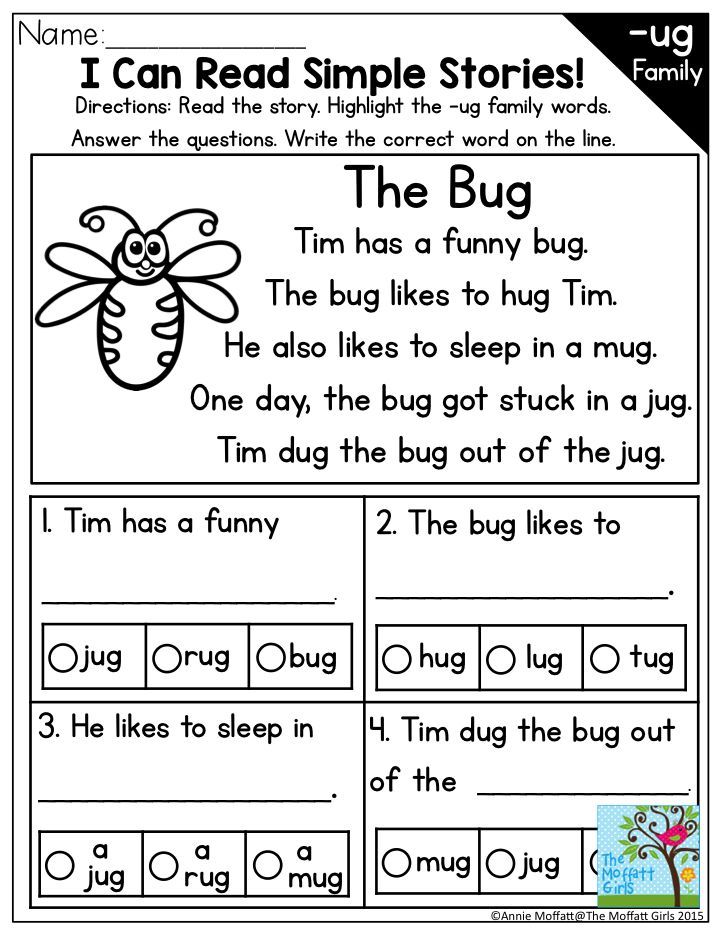 Your child will be extremely frustrated if they have 20 cards in the game and they can't read any of them, so start simple.*
Your child will be extremely frustrated if they have 20 cards in the game and they can't read any of them, so start simple.*
8. Hopscotch
Grab some chalk and make a hopscotch board in your driveway. Fill in the week's sight words, and have your child hop across while practicing the words. While you are outside enjoying the weather, let your child decorate the sidewalk or driveway with all of his or her sight words.
9. Hide & Seek Sight Words
Write the weekly sight words on sticky notes. When your child is not looking, hide the words all over the house! After you hide the words, let your child loose to go find all of the hidden words. For extra practice, your child can write the words after he or she finds them. This game is so easy and endless fun!
Tip: Collect found words on a clipboard.
10. Printable Board Games
I love this editable game from Playdough to Plato. It's FREE! I love that you can type in the words that you want on the game board.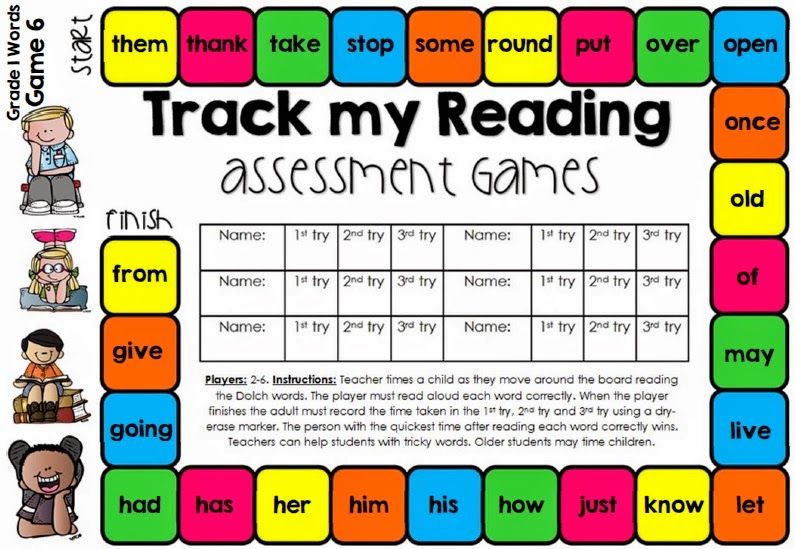 So cute and fun for practicing new sight words. (If you don't have a TpT account, you will need to sign up to download the freebie.)
So cute and fun for practicing new sight words. (If you don't have a TpT account, you will need to sign up to download the freebie.)
11. SWAT Game
Write all of the weekly sight words on index cards. Grab a fly swatter. Yes, a fly swatter. :) Call out one of the words. As quickly as possible, your child SWATS the word with the fly swatter. Silly fun! If your child is struggling with ALL of the words, just start with 2-3words. Add a few more words as they become more familiar with the words.
12. Sight Word Password
Kids love secret passwords. Use this love of passwords to help learn sight words. Pick the trickiest word of the week and make that the "password." Write it on a big piece of construction paper and post it somewhere in your house that gets a lot of traffic (i.e. the bathroom, the fridge, the pantry...). To enter the pantry, everyone in the family must read the password.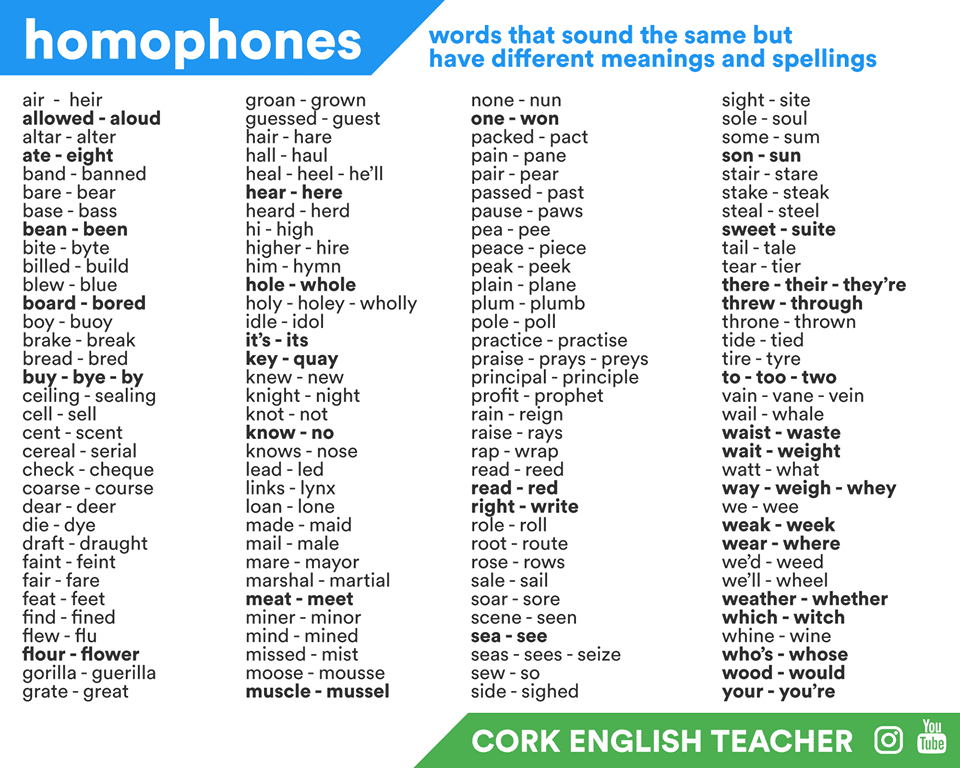 Hearing Mom, Dad, and older sister say the "password," as well as looking at it and making a connection with it throughout the week will help your child remember it as well. Remember, it's about exposure, repetition, and practice.
Hearing Mom, Dad, and older sister say the "password," as well as looking at it and making a connection with it throughout the week will help your child remember it as well. Remember, it's about exposure, repetition, and practice.
If you are a teacher, please feel free to share the link to this blog post with parents in a weekly e-mail, class newsletter, during Parent Teacher Conferences, etc. Please e-mail me at [email protected] if you have any questions.
If you would like to download the sight word cards I used, visit my TpT store.
15 ways to teach your child to understand the text, memorize new things and be more attentive
Ask any student: "Can you read?" - and he will be surprised: "Of course I can." However, one can read in different ways, says Elena Illarionova, a methodologist and teacher of additional education at the Okhta Center for Children's and Youth Technical Creativity. As part of the program “City that learns. Digital Education" she has already held a webinar on this topic, and she told us about how to teach children to read well, thoughtfully and meaningfully.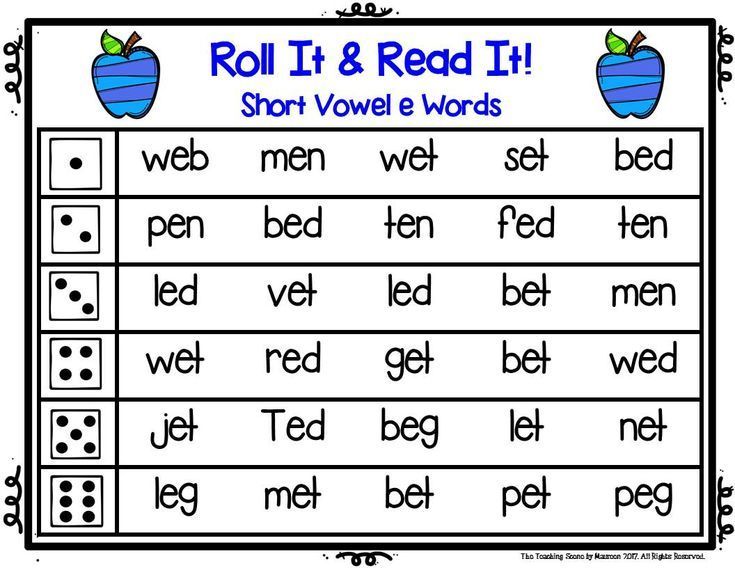 nine0003
nine0003
What is effective reading and why is it needed?
This concept entered the lexicon of teachers not so long ago, but is gaining more and more popularity both at school and outside it. It is not by chance that effective reading is also called meaningful. This type of reading is most useful for a child, because it allows not only to mechanically retell the content of the text, but also to see the subtext, concept, details and analyze the information received.
Effective reading is a kind of good foundation for a child's quality education. This foundation, in turn, rests on three pillars: memory, speed and attention - and to build it, of course, some skills are needed. Such as reading without regression (returning eye movement to what has already been read) and articulation (movements of the lips or tongue when reading to oneself), expanding the field of vision and the ability to structure and memorize text. nine0003
At the same time, it is important to remember that there may be a child in the class who, in principle, finds it difficult to read. If there is a student with dyslexia in your class, this problem can be overcome, the innate feature can be deceived. Some of the exercises presented may also help, but it is important to know the type of disorder and involve parents and a speech therapist in the work. It is also necessary to remember that each child has his own pace and capabilities and you need to focus on them.
If there is a student with dyslexia in your class, this problem can be overcome, the innate feature can be deceived. Some of the exercises presented may also help, but it is important to know the type of disorder and involve parents and a speech therapist in the work. It is also necessary to remember that each child has his own pace and capabilities and you need to focus on them.
In order to develop effective reading skills, there are a lot of exercises and rules that can be used by both the teacher in the classroom and the parent at home, and even the student on their own without the help of adults. These 15 methods will help you. nine0003 Shutterstock / Diana Taliun
1. Draw a Poem
When you memorize poetry again, invite the children to pretend they are spies and encrypt each line with drawings. For starters, you can take a poem by Boris Zakhoder "Kiskino grief." It will be enough for students to simply depict the cat's face even with sketchy lines, paint on it tears or sausages.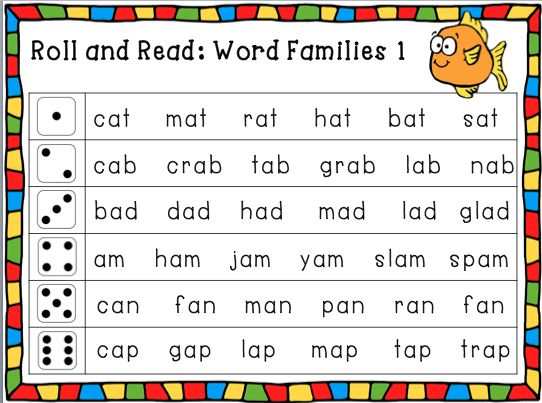 Gradually, the complexity of the poems can be increased and more schematic drawings can be used.
Gradually, the complexity of the poems can be increased and more schematic drawings can be used.
It is very important to separate verses exactly by lines, so as not to get confused when they are reproduced in words
This exercise is also called the pictogram method. With drawings, children enliven what is happening in their imagination, empathy is manifested, and the emotional component of the process allows them to better memorize the text.
2. Cicero's method
The ancient Roman orator Cicero became famous for his long speeches without a sheet and prompts and - in connection with this - an excellent memory. In his speeches, he used many names, dates and events and clearly built the structure of the speech. How did he manage to memorize such a large amount of information? His method, the "Roman room method", was to tie this or that passage of speech, event or name to the objects around him, the space or actions that he performed. nine0003
Cicero entered the room and was the first to see, for example, a picture on the wall - with it he associated what he had to say at the beginning.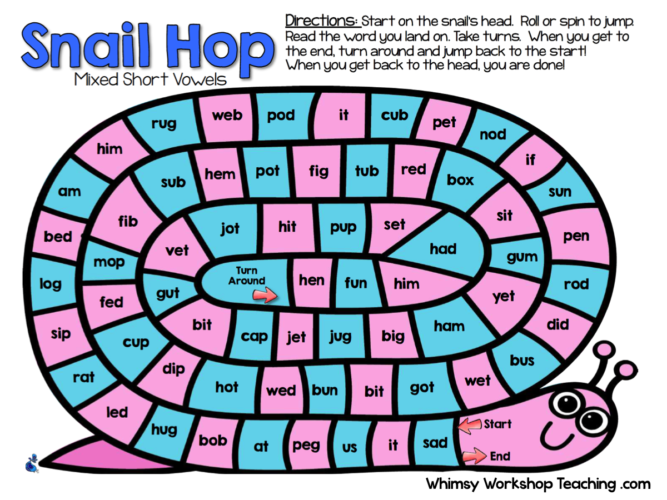 Then he could go to the window - it personified the next part of his speech, and so on.
Then he could go to the window - it personified the next part of his speech, and so on.
The Roman Room Method can also be practiced with children. To understand whether it works, it is enough just to compare how many unrelated words the child will memorize mechanically and how many using this method. Let it be the words "cat", "watermelon", "square", "plate", "laughter", "wind" and "elephant". nine0003
After the usual memorization, ask the children to imagine, for example, that the kitten is sitting on their left shoulder, that the watermelon is on the desk in front of them, that the square is the window frame, and so on. This method can help when memorizing poems, excerpts from works, and you can practice it not only with a teacher. Parents can also connect and do this with the child at home, and then the student can use the Cicero method on their own.
3. Make up a story based on the picture
At the very beginning of the lesson, show the children any picture.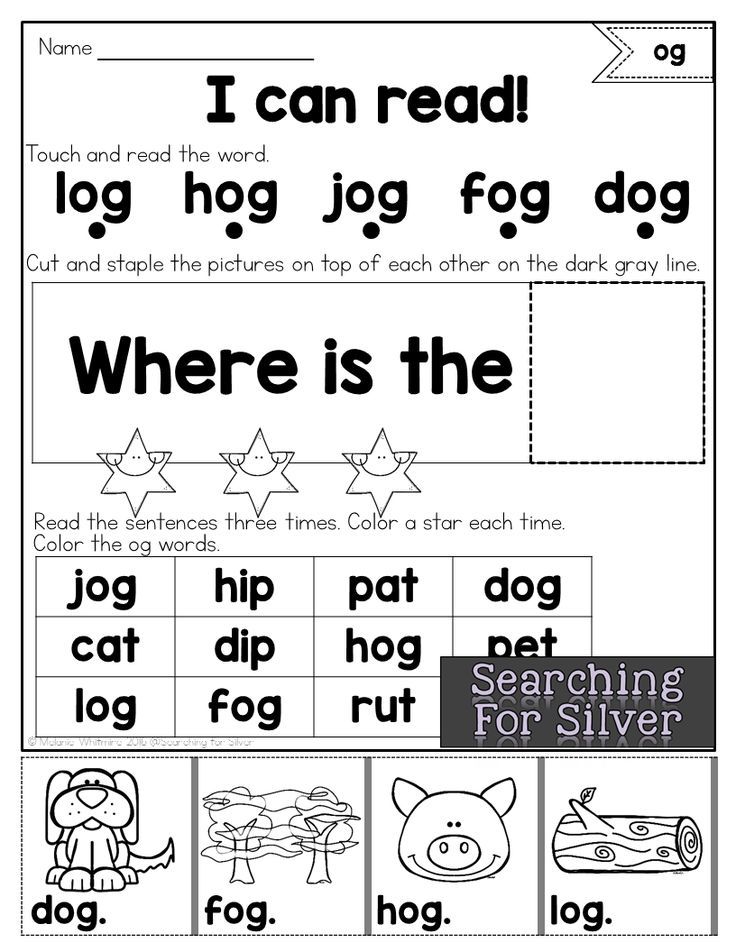 It is desirable that it has a lot of details, plants, people or objects. Give them the task of remembering the name of the painting, what is depicted on it, and the name of the artist (this, for example, could be Reshetnikov’s painting “Again Deuce”).
It is desirable that it has a lot of details, plants, people or objects. Give them the task of remembering the name of the painting, what is depicted on it, and the name of the artist (this, for example, could be Reshetnikov’s painting “Again Deuce”).
This exercise trains the child's long-term memory and the ability to fantasize. He can not only remember what is happening in the picture, but also come up with a whole story.
So, in the picture “Again a deuce”, the student can clearly see a boy named Vasya, who received a deuce because he played the PlayStation the day before and did not do his homework, and when he returned home, his mother cursed a lot. nine0003
The names of artists are often remembered worse, and therefore it is better to offer the child some kind of speech association.
"Reshetnikov looks through a sieve", "Shishkin collects cones", and "Aivazovsky - ah, what a fine fellow"
Overgrown with associations, the paintings will be remembered by children for a long time.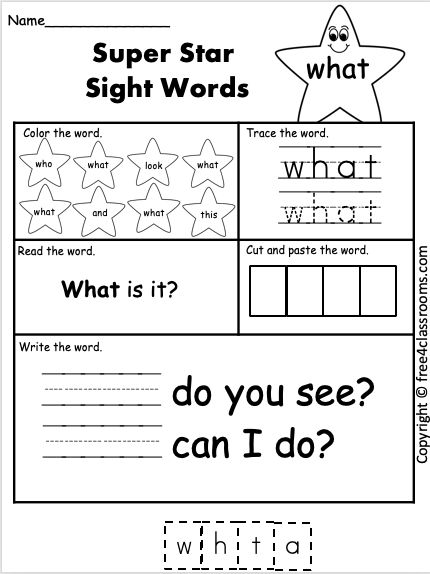 Having entered the museum, even as an adult, your student will not read the cards next to them. Because it will be great to know what is written on them anyway.
Having entered the museum, even as an adult, your student will not read the cards next to them. Because it will be great to know what is written on them anyway.
4. Tic-tac-toe with dogs, cats and giraffe
Draw on the board if it is closing, or show the children in a presentation of unusual tic-tac-toe. Instead of the usual crosses and tac toes, fill in the fields with different pictures. Let the top cells be filled with birds or cats, and the bottom ones with dogs. In one specific cage, place some other animal, unexpected, different from the rest. For example, a giraffe.
Let the children memorize the arrangement of the pictures for 5-10 seconds, then close the board or switch the presentation slide. After that, ask them to name the cage in which the giraffe was. nine0003
The exercise works on visual-visual memory, and you can use it in any lesson. If it is a botany lesson, animals can be replaced with plants. And if the exercise is performed on literature, you can put writers or heroes of their works in the cells.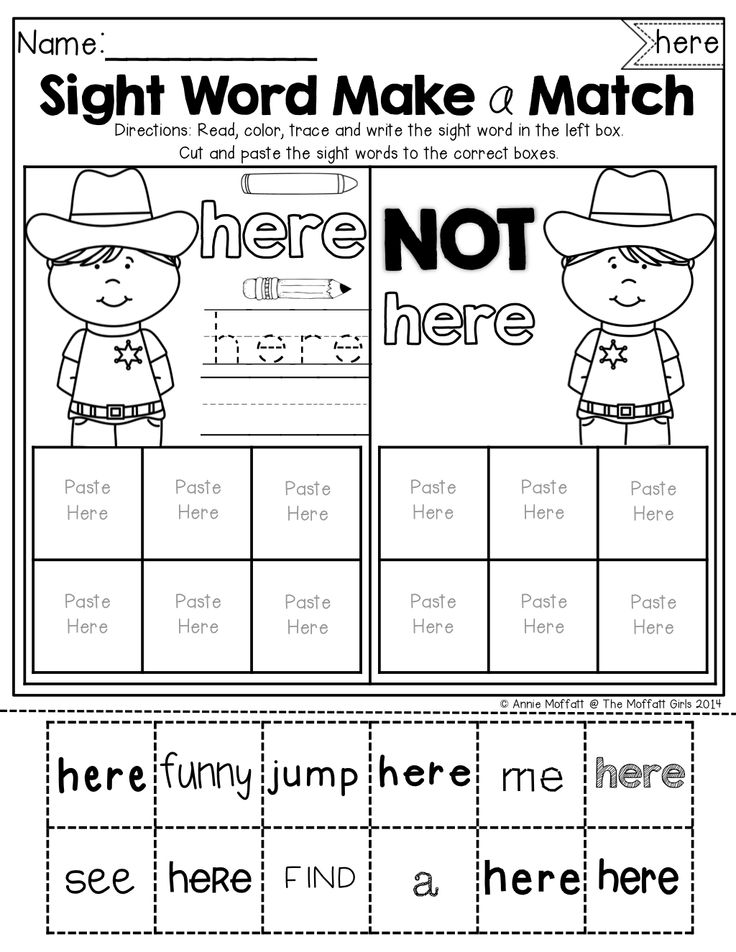
5. Brain Aerobics
Aerobics are exercises with or without music to keep the body in good shape. Neurobics is a consonant word, but these are brain exercises that allow you to develop mental abilities, improve memory and activate mental activity. nine0003
The child's brain needs exercise. Every day it is necessary to change routine and template actions for new, unusual ones or do ordinary things in an unusual way. For example, you can invite right-handed children in the lesson to write a few phrases with their left hand - and vice versa, if the student's working hand is left. Also, the child can go to school by different routes, and not the usual one, or collect textbooks in a briefcase by touch, closing his eyes. You can also dress and take a shower with your eyes closed. nine0003
Habit weakens the ability of the brain, while constant changes, new information, unusual physical actions, on the contrary, increase productivity. To make it easier for children, it is better to start introducing such exercises in the format of a game.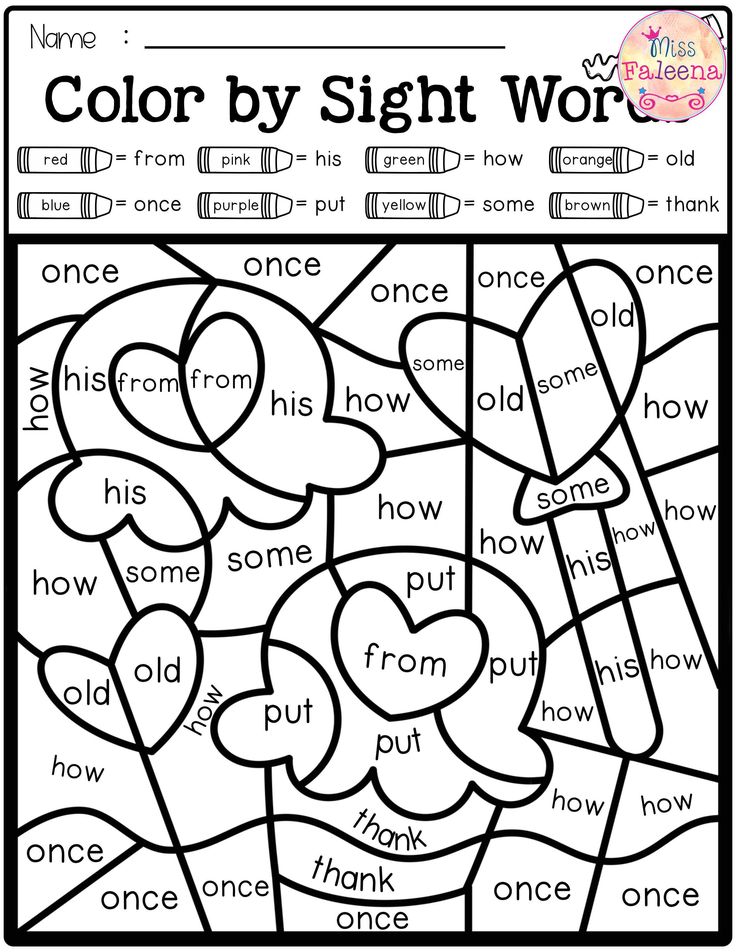
6. Coloring the Mandalas
Any coloring book is fine for this exercise, but mandalas are the best. They help to concentrate the child's attention as much as possible, because he will be focused on not going beyond the boundaries of small elements. Such work is great for including children in the learning process, for example, after a physical education lesson or a stormy break, when the children played out and ran. nine0003
The second level of difficulty is to color the drawing with both hands at the same time
You can reinforce the coloring with melodious calm music, classical or even Indian mantra (just for coloring).
Let the student choose the colors he likes. By the way, if he preferred only black, brown or any other dark colors, this may be a sign that you should pay attention to the mental state of the child. In this case, you can talk after class on abstract topics and try to find out what is bothering him, or ask the school psychologist for help.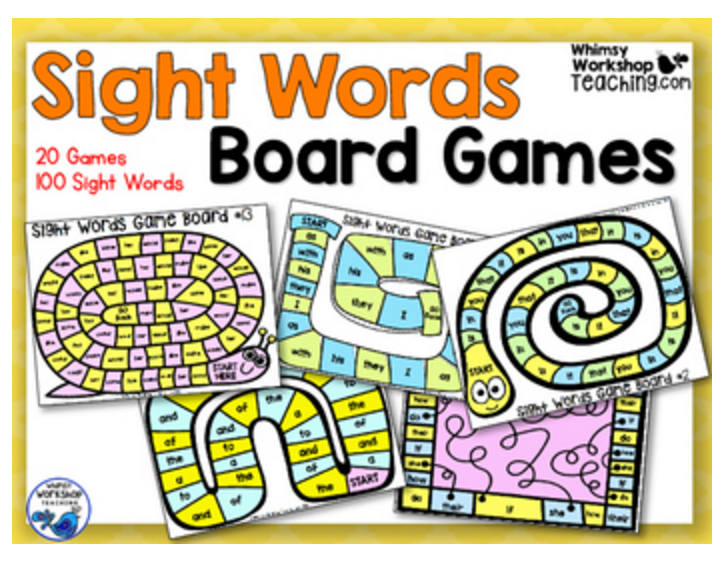 nine0003
nine0003
7. "First - last"
This game works on concentration and speed reading. You can play with children who already know how to read to themselves. Ask the child to read the text, but say out loud only the first and last letters of each word. Also, after reading, you can try to make a small retelling. Then the game will also work for memory.
True, not all children like to tell what they have read. They are afraid to stumble, they don’t know where to start if the passage is long. Then you need to gently and unobtrusively ask the child about the hero - what he liked, what he remembers. And start from this, ask: “And before that, what did he do?” nine0003
8. Circle left, square right
Ask the children to hold pencils or pens in both hands and draw a circle with one and a square with the other. To make it more interesting, you can offer to choose the colors of the pencils and any other shapes that they like. It is important to draw with both hands at the same time.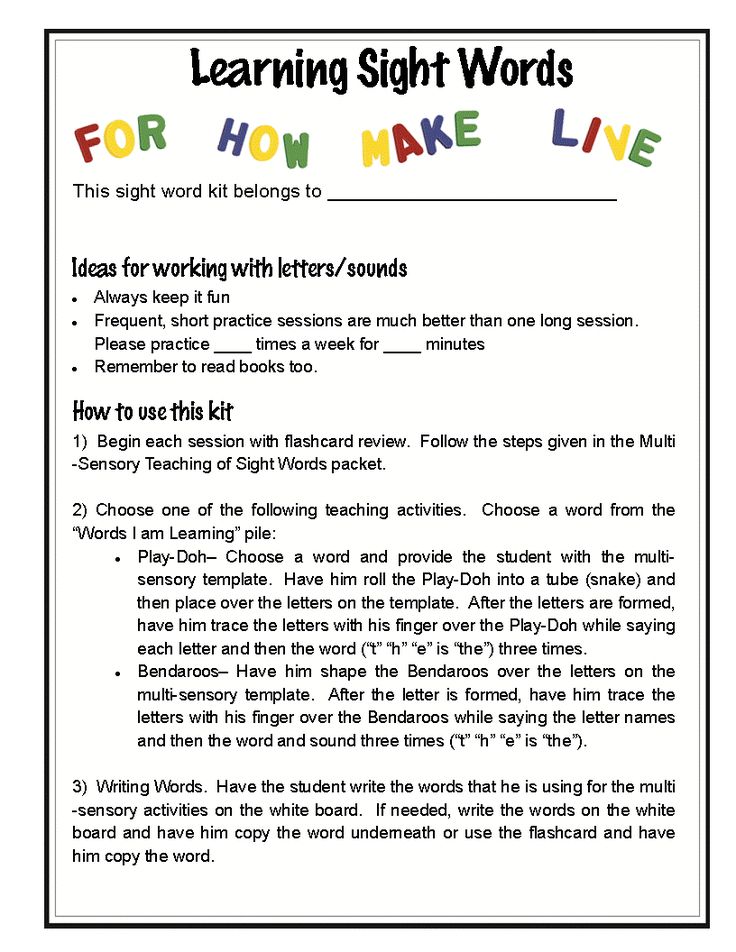 This enhances concentration, and also develops both hemispheres of the brain.
This enhances concentration, and also develops both hemispheres of the brain.
A similar exercise session can be done if the children are tired or distracted. Invite them to stroke their head in a circle with one hand, and lightly tap their stomach with their palm, and vice versa. Children are likely to perceive this as a fun exercise, and maybe even offer their own options for doing the exercise. nine0003
9. The word "red" is written in green
Prepare a list of colors in the form of a tablet, but change the color of the font. For example, make the word “yellow” red, “blue” green, and so on. At the same time, ask the children to name the color of the words, and then, on the contrary, read the words themselves. This is called the Stroop test. It trains flexibility of thinking and mindfulness.
The fact is that when looking at a word, we try to read it, and only then perceive the color of what is written
And only by concentrating and mentally discarding what is asked for first, we can name the real color depicted in the picture.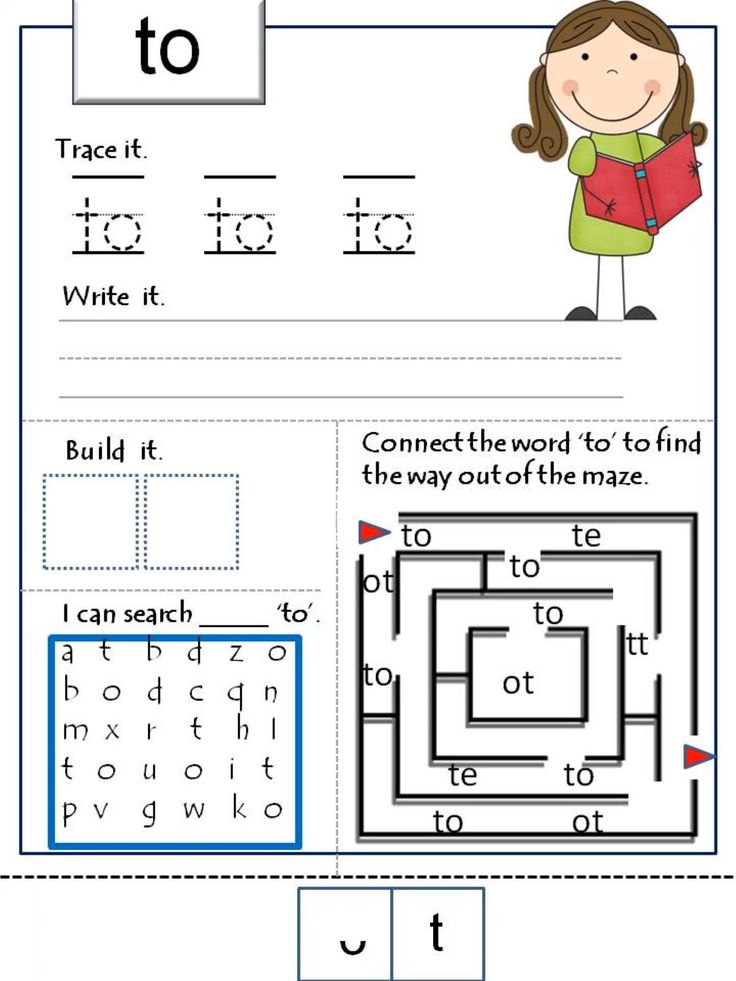 This exercise is usually easy for children who are not yet very fluent in reading, so you can start doing it with preschoolers. Adults and even the teacher himself may experience difficulties in its implementation.
This exercise is usually easy for children who are not yet very fluent in reading, so you can start doing it with preschoolers. Adults and even the teacher himself may experience difficulties in its implementation.
10. "Let's play cities" for
This activity should be done as a whole class or group. The teacher and students together count loudly to thirty. During this time, while pronouncing the score, children must write, for example, the names of cities that they know. In fact, these can be names, and even the names of events, if this is a history lesson in high school. Or the names of the composers, if this is a music lesson. nine0003
You can even arrange a small competition - "who is more." At the same time, it is important to ensure that no one in the “crowd” of votes is idle and everyone plays honestly. Doing two different things at the same time (counting and writing words on a sheet) helps to develop memory and concentrate.
11.
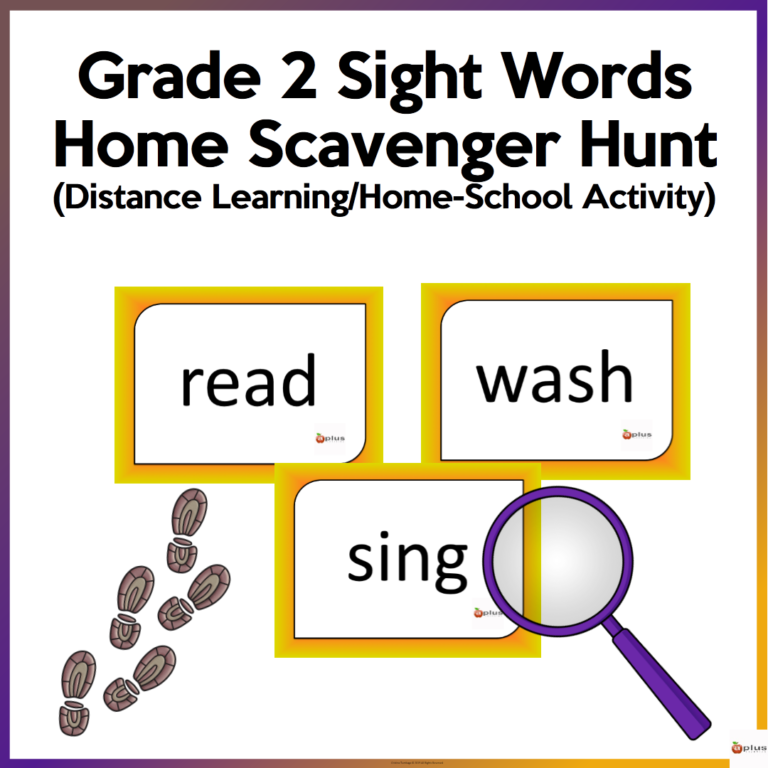 Catch the Rhythm
Catch the Rhythm The "knock-rhythm" method is excellent for developing the skill of speed reading. Choose a rhythmic or melodious poem, take a pencil in your hand and ask your child to do the same. Help him feel the rhythm of the poem, read it with him and tap with a pencil or pen to show how it should be. It is better to do this exercise in pairs with a student - you and him, because when performed in groups, some children may go astray due to the rhythm of a desk mate. nine0003
Slowly practice the technique, and if the child is having difficulty, take his hand and carefully control its movement. It's not worth the haste. Gradually build up the pace. For such work, the works of Daniil Kharms are perfect, and for the very first time, you can use "Bad Advice" by Grigory Oster. This poem is not difficult and children like it. However, you can offer children different options, and then let them choose which piece to tap out today.
12. Text behind bars
"Put" any passage from a work or poem "behind bars" so that part of the word or some letters are covered. A child, reading such a text, begins to see the whole phrase and sometimes guess what words are hidden there, select them according to their meaning. True, if the child is just learning to read, this exercise will not work, as it will complicate his task.
A child, reading such a text, begins to see the whole phrase and sometimes guess what words are hidden there, select them according to their meaning. True, if the child is just learning to read, this exercise will not work, as it will complicate his task.
Mathematics problems can be "sheltered" in the same way. For example, if the task condition contains names, colors, names, then you can close them, and then the child will be able to come up with his own. So he will be even more interesting. In general, such an exercise will help expand the field of vision and prevent regression. nine0003
13. "Poles" and "Ladders"
Choose two-syllable words for this exercise. A children's poem from the primer "Mom washed the frame" is perfect. Arrange the first syllables of the chosen words with a ladder to the left, and the second - to the right. Exactly in the middle of each line, put a dot. It is at her that children should look when reading, while covering the previous step of the ladder with a ruler so as not to return to it with their eyes.
At first, a teacher or parent can help with the exercise, and then the child can already do the exercise himself. In this case, you can vary the technique of the exercise. For example, read first from top to bottom, and then from bottom to top, and so on. nine0003
By the way, such ladders and columns are already ready-made on the Internet, and you can simply download them. In the same way, you can arrange figures, numbers or whole examples in mathematics lessons.
14. Use the Schulte tables
Use the Schulte tables in the lessons - several cubes with numbers, letters or shapes in the cells, arranged in a random order. It is better to start with the simplest ones, and let there be a dot or a circle in the center to adapt to the exercise. This is necessary so that the child gets used to doing the exercise correctly, develops peripheral vision. At the same time, you need to look at the center, but see the entire grid. nine0003
Have the child see the whole picture and then look for a specific number.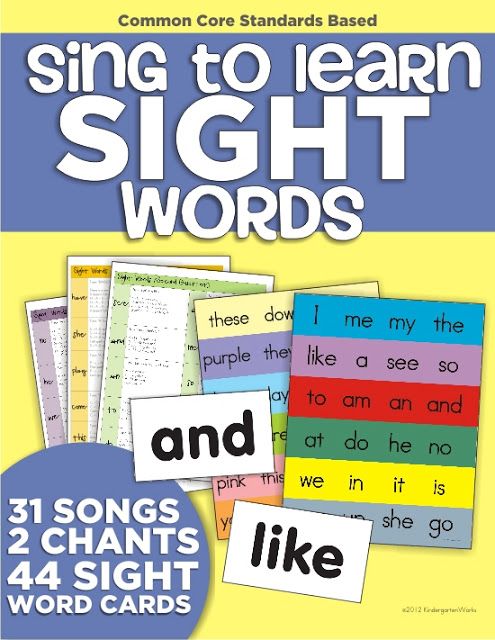 For example, six or nine. If it is difficult for a child, you should not get hung up on a certain number - ask another, and then return to the previous one. Such an exercise improves the quality of introductory and semantic reading, and also helps to concentrate. So you can do it for different purposes and at different lessons. For example, in a math lesson, this will help you learn numbers faster, and in a Russian language lesson or in preschool classes, it will help you learn the alphabet. nine0003
For example, six or nine. If it is difficult for a child, you should not get hung up on a certain number - ask another, and then return to the previous one. Such an exercise improves the quality of introductory and semantic reading, and also helps to concentrate. So you can do it for different purposes and at different lessons. For example, in a math lesson, this will help you learn numbers faster, and in a Russian language lesson or in preschool classes, it will help you learn the alphabet. nine0003
15. Online simulators to help
Everything needs an integrated approach. Some exercises similar to tic-tac-toe or Schulte tables can be found both on online resources and in regular Internet games. It is not only possible, but also necessary, to combine interactive games and conventional offline methods.
“A city that studies. Digital Education is an experimental project of the Foundation for Support of Innovations and Youth Initiatives of St. Petersburg, which helps educational organizations, teachers, schoolchildren and their parents master distance learning technologies.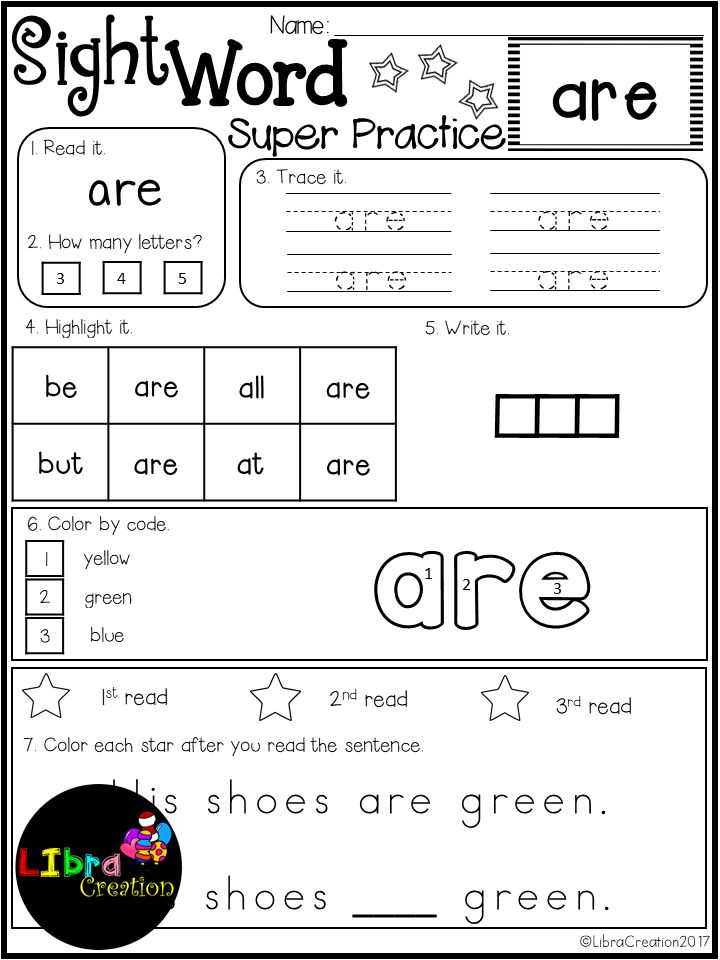 Within the framework of the project, a cycle of webinars "Best practices of online education" is being held. Among the participants are innovative teachers who talk about how to develop creativity, make lessons interesting and keep the attention of the class. nine0003
Within the framework of the project, a cycle of webinars "Best practices of online education" is being held. Among the participants are innovative teachers who talk about how to develop creativity, make lessons interesting and keep the attention of the class. nine0003
Photo: Shutterstock / Collage: Vika Shibaeva for Mel
How to teach a child to speak: ways, games and exercises
The formation of a child's speech occurs long before he begins to speak on his own. From a very early age, the baby perceives the speech of adults, imitates it, and subsequently relies on the acquired experience. Speech development is not a process that can be left to chance - and in this article you will find out why.
Article content:
- Stages of speech development
- 10 ways to teach your child to talk at home
- Exercises and games for the development of speech
- General tips
- When you need expert help
- Conclusion
Stages of speech development
The formation of speech occurs gradually, starting from birth. Knowing the approximate stages of speech development at each age, it is much easier to determine the presence of signs of a lag. nine0003
Knowing the approximate stages of speech development at each age, it is much easier to determine the presence of signs of a lag. nine0003
- 0 to 6 months. The baby actively listens to the speech of adults, tries to reproduce the sounds that he still perceives as a melody. He already distinguishes the voices of people who are talking to him. First, the baby masters vowel sounds, and already closer to the age of one and a half months, the consonant sounds “g”, “k”, “x” appear, thanks to which the child begins to “walk”.
- 6 to 12 months. At this age, the child often imitates the sounds of adult speech. Pronounces separate syllables, for example "ma-ma", "babbles". By the end of the first year of life, the first words and sentences appear. Vocabulary ranges from 2-3 to 20 words, most of which are nouns. nine0146
- 1 year. In a year, speech becomes active and becomes a means of interaction with adults. Together with the ability to move independently, the child accumulates knowledge about the world around him and replenishes his vocabulary, which at this age is 300-400 words.
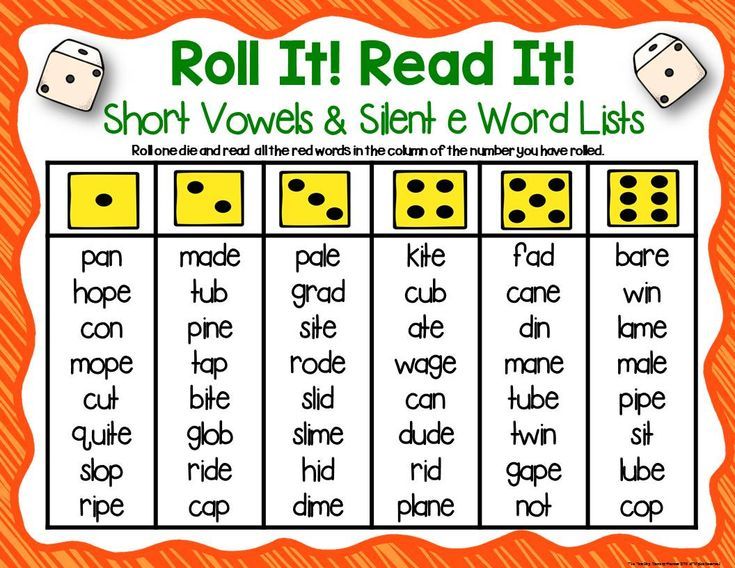 Pronunciation adapts to itself, skipping or replacing complex combinations of sounds.
Pronunciation adapts to itself, skipping or replacing complex combinations of sounds. - 2 years. By the age of two, phrasal speech is formed. At this time, the child is able to formulate a sentence of 2-3 words. Gradually, grammatical categories are mastered, such as number, gender, case. The vocabulary reaches up to 700 units. nine0146
- 3 years. Children of this age actively communicate with adults and peers, but still with the help of simple sentences. A three-year-old child masters the basic laws of the language and, on their basis, invents his own words. This process is called "word-creation" and signals the normal development of the child's speech. Vocabulary - up to 1000 words.
- 4 years. In the fifth year of life, the child "hones" the acquired skills, replenishes the active and passive vocabulary, which is approximately 2000 words. As they grow older, the child begins to pronounce all the sounds of his native language clearly and clearly. nine0146
- By the age of 5, it is considered normal if the child has mastered all aspects of the language and is fluent in speech.
 If not, this is a reason to immediately contact a specialist.
If not, this is a reason to immediately contact a specialist.
10 ways to teach your child to talk at home
- The most effective and basic way is to talk to your child as often and as much as possible. Pediatricians recommend communicating with the child even before he is born. The speech of an adult should be expressive, as babies perceive it on an emotional level. It is possible to teach a child to speak at 1 year old by abandoning sign language and completely switching to verbal communication. Use short and clear sentences, do not distort words. Speak in such a way that the child can observe the movements of the lips and try to independently apply them to his speech. nine0146
- Develop fine motor skills. Stimulation of nerve endings on the fingers has a positive effect on the development of speech.
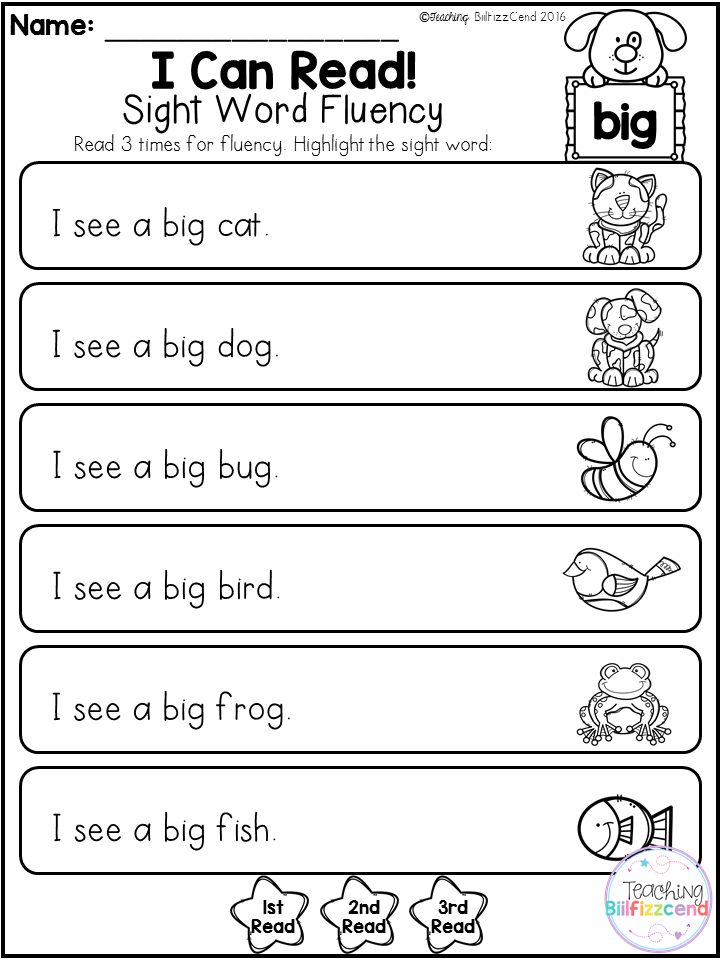 Any exercises that involve the motor skills of small muscles are suitable for this method: sorting through cereals, playing with massage balls, stringing beads on a string. (You can link to an article about developing fine motor skills by writing, for example, "Learn more here.") Fine motor skills classes will help to teach a two-year-old child to speak as early as possible. nine0146
Any exercises that involve the motor skills of small muscles are suitable for this method: sorting through cereals, playing with massage balls, stringing beads on a string. (You can link to an article about developing fine motor skills by writing, for example, "Learn more here.") Fine motor skills classes will help to teach a two-year-old child to speak as early as possible. nine0146 - Expand vocabulary. At home, on the street, in a store, in nature, show and call the child the names of the surrounding objects. To his questions in an accessible language, explain the meaning of certain objects, trying not to overload the child's brain with complex terms. This is a natural and inexpensive way to quickly teach your child to speak at 2 years old.
- Read books. Children love to look at bright, colorful pictures. Read a book to your child, while pointing at the characters, for example, a bun, a fox, a hare. Simultaneous visual and auditory perception will help you remember words faster and learn how to pronounce them.
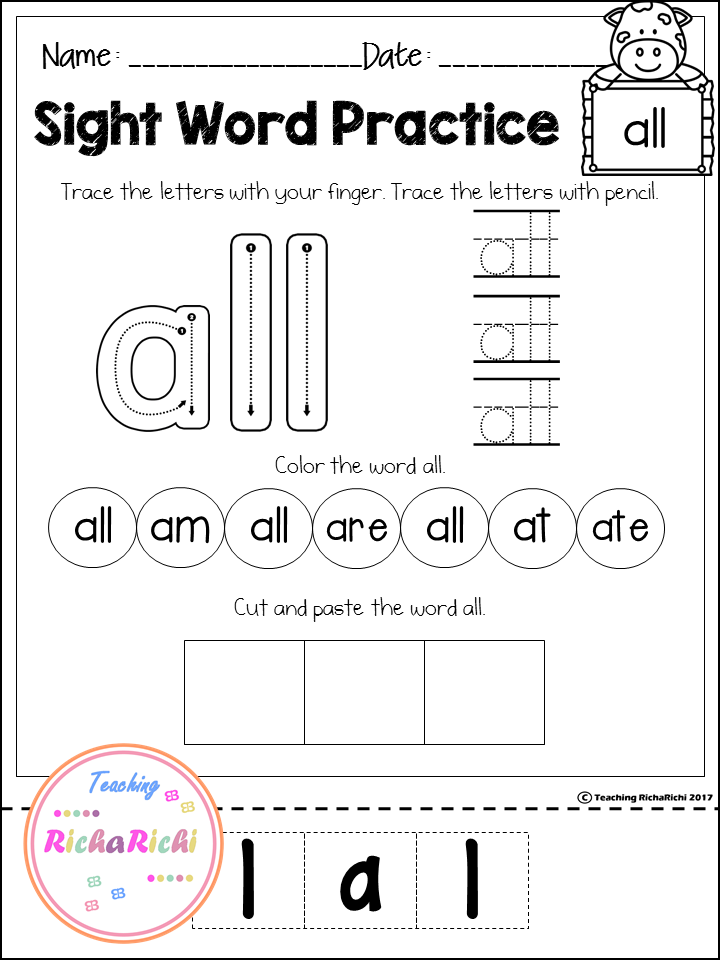 Set aside time for this activity each day to develop this healthy habit in your child. nine0146
Set aside time for this activity each day to develop this healthy habit in your child. nine0146 - Sing songs. As much as books, children love songs. Sing along with your child his favorite songs, learn new songs that he will like. In addition to stimulating the speech apparatus, you will provide both yourself and your baby with a good mood.
- Not understanding sign language. If your child often uses gestures, replacing words with them, you need to stimulate him to the opposite. Once again, when the baby points his finger at something, pretend that you do not understand him. Try to start a dialogue by asking leading questions, but do not bring the child to hysteria if he is not yet ready for this way of communication. nine0146
- Take by cunning. When reading a well-known book, intentionally replace words, for example: "I'll sit on a stump, eat a pot (instead of" a pie ")". This technique will inspire your child to listen carefully to the speech, so that next time they can tell you how to do it right.
 The method is perfect for teaching a child to speak at 3 years old, since by this age children are actively interested in literary works.
The method is perfect for teaching a child to speak at 3 years old, since by this age children are actively interested in literary works. - Repeat one after another. As a game, repeat the syllables that he says after the baby, and then offer your own version. The child will be happy to join this activity and will try to give out even more new syllables. nine0146
- Remove distractions. An incessantly running TV or computer with cartoons will drown out any of your attempts to enter into a dialogue. The child needs to hear the lively, clean, correct speech of an adult. To teach a child to speak at 4 years old, you should adhere to the time limits for watching cartoons.
- Show attention. Drop everything when the child comes up to you to tell you something interesting. Listen carefully, ask questions, be surprised and show your interest in every possible way. This will stimulate the desire to share with you everything that comes to mind and that you want to tell. Mutual dialogue is possible and necessary even with a small child, because it will help you quickly learn to talk.
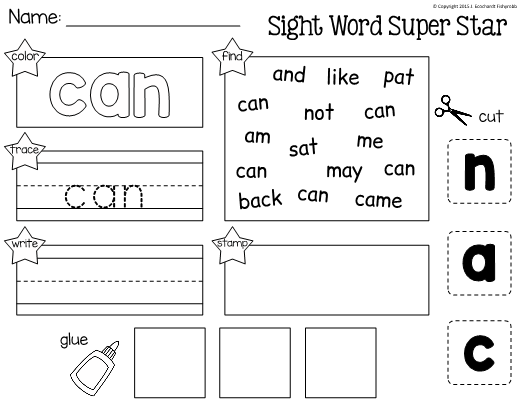 nine0146
nine0146
Exercises and games for the development of speech
Finger games
Favorite activity for all kids. Aimed at the development of fine motor skills and, as a result, the formation of speech. Learn small rhymes with your child, for example, "Magpie Crow." Connect finger movements that your baby will be happy to repeat. Such games improve fine motor skills and help to teach the child to speak correctly.
Articulation exercises
The small muscles of the mouth in childhood need to be trained, as they may not be sufficiently developed. To strengthen them, daily articulation exercises are required. Sit with your child at the mirror to control the correct execution of the exercises. Follow the movements of the lips and tongue, showing the child an example for his independent work.
Exercises for the development of speech breathing
It is important to teach a child to breathe correctly, starting from the moment of his speech development.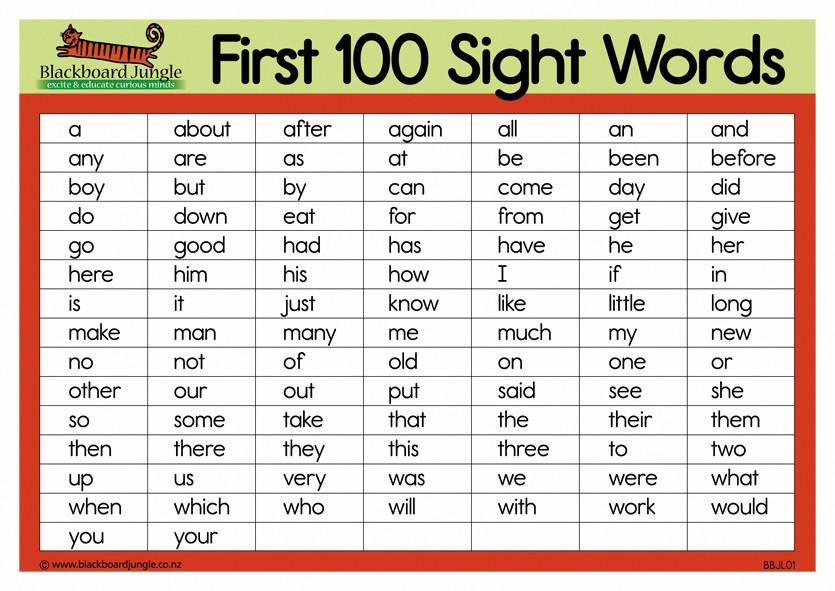 The air released by us during the pronunciation of speech is the source of sound. Many simple and easily accessible exercises are aimed at developing breathing, for example: blow on a dandelion, inflate a balloon, blow soap bubbles. nine0003
The air released by us during the pronunciation of speech is the source of sound. Many simple and easily accessible exercises are aimed at developing breathing, for example: blow on a dandelion, inflate a balloon, blow soap bubbles. nine0003
Music games
You can teach your child to speak with the help of music games. When children sing, the assimilation of sounds, syllables and, ultimately, words is easier for them. Musical games can be organized in several variations: with musical instruments (spoons, drum), songs with onomatopoeia of animals, songs with the simultaneous execution of simple movements.
Didactic games
There are a huge number of games and methods using didactic material. And almost all of them can be applied to the development of speech. The game "Magic Bag" is great for developing speech skills. Rules of the game: in the bag there are objects of various shapes and sizes. The child is invited to feel to choose an object and describe it.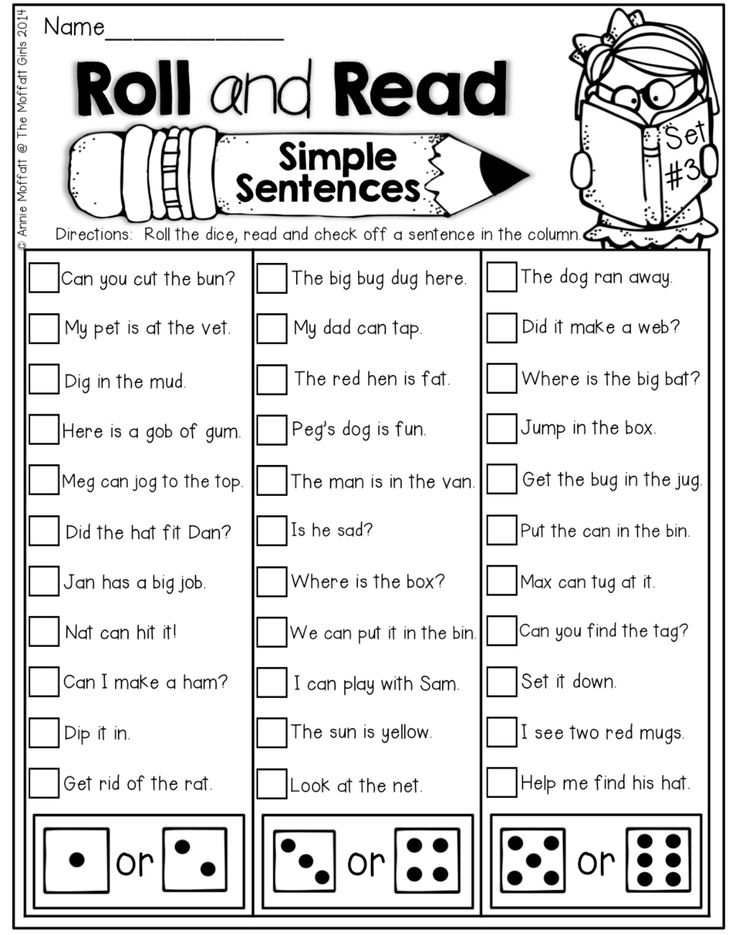 Pronunciation of the signs of an object reinforces speech, and also helps in the formation of initial mathematical concepts. nine0003
Pronunciation of the signs of an object reinforces speech, and also helps in the formation of initial mathematical concepts. nine0003
General advice
In the development of a child's speech, it is important to be guided by the general principle "Do no harm". It must be remembered that each child develops according to his own individual model and it does not always adapt to the described stages of development. We recommend adhering to principles that apply in general to the entire process of raising and developing children.
- The principle of play form. For a child of preschool age, the leading activity is the game. The more interesting the lesson is built, the more involved the child will be in it. Don't force me to play. Get interested instead. nine0146
- The principle of mutual dialogue. Talking to children is not a waste of time, as it might seem at first glance. Bring the child to a dialogue, keep up a conversation with him, tell and listen carefully.
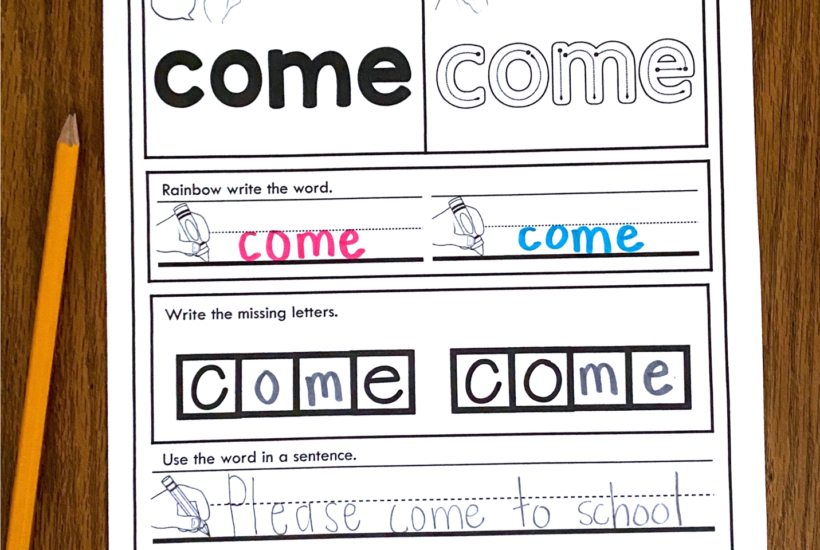 Communication is the most effective way to teach a child to speak early.
Communication is the most effective way to teach a child to speak early. - The principle of problem acceptance. It is difficult to admit to oneself that the child has any problems. However, the sooner you start working on the bugs, the faster you will get the result. Do not be afraid to turn to professionals if you see that independent work does not bear fruit. nine0146
- The principle of accepting individuality. Your child is already a separate person, even if he is just starting to stand on his feet. You should not compare him with peers who are already telling poems with might and main. Instead of criticizing, praise every achievement of your child and then he will definitely speak.
When the help of specialists is needed
When a problem is discovered and the right ways to solve it will help prevent further lagging behind the child.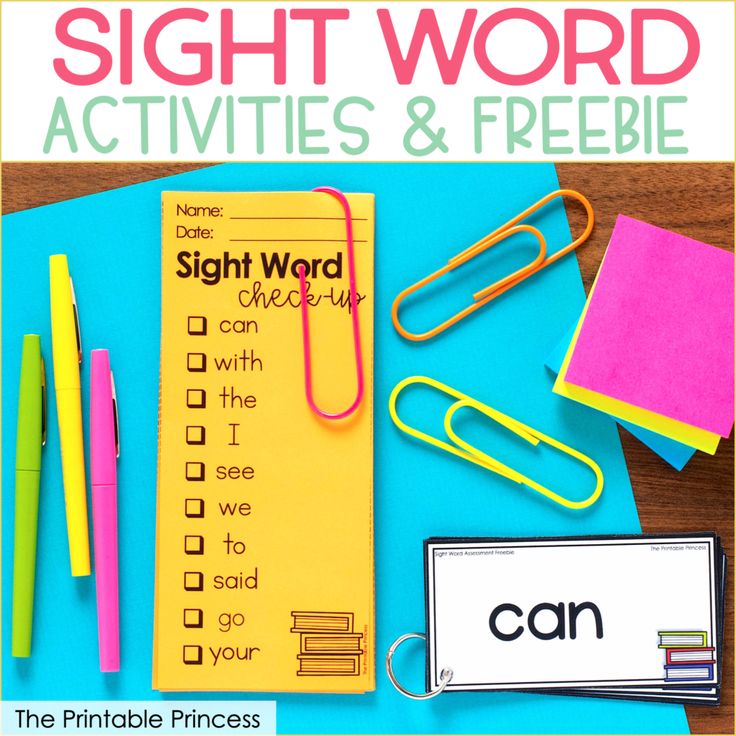 It is necessary to be patient, aim for a positive result and give your child a chance to painlessly enter the social world and learn to exist in it. nine0003
It is necessary to be patient, aim for a positive result and give your child a chance to painlessly enter the social world and learn to exist in it. nine0003
Reasons to start working on the development of speech together with a speech therapist, neurologist and other specialists:
- after 8 months the baby does not respond to calls to him;
- nasal voice appears;
- there is not enough air to complete the phrase;
- during a conversation there is increased salivation;
- at 2 years old, the child speaks only in syllables;
- at 3 years the child still tends to speak only in simple words; nine0146
- at the age of 4, the sense of syllable was not developed and the words were distorted.
Conclusion
Children's development centers "Baby Club" have been helping parents in the development of children since 2000. Our mission is the harmonious development of the child and his formation as an independent person.